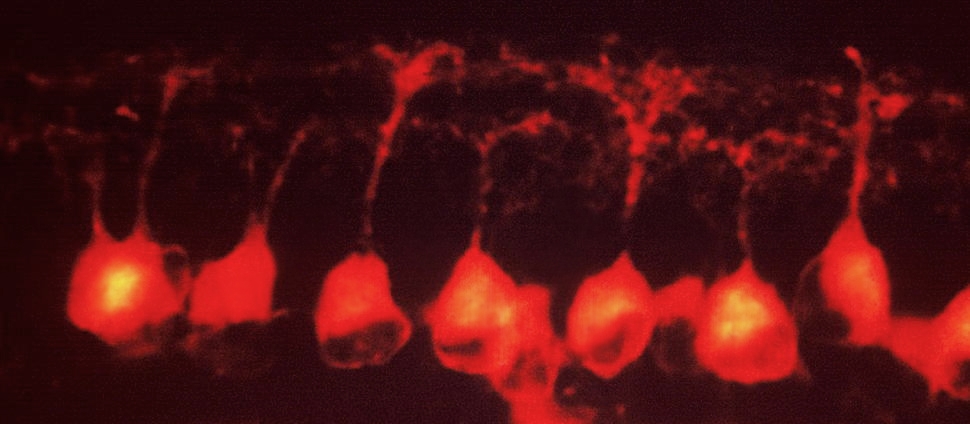Document Type
Article
Publication Date
1-1-2016
Publication Title
PLoS ONE
Abstract
Melatonin is rhythmically secreted by both the pineal gland and retina in a circadian fashion, with its peak synthesis occurring during the night. Once synthesized, melatonin exerts its effects by binding to two specific G-protein coupled receptors-melatonin receptor type 1 (MT1) and melatonin receptor type 2(MT2). Recent studies suggest the involvement of MT1 and MT2 in the regulation of glucose homeostasis; however the ability of melatonin signaling to impart timing cues on glucose metabolism remains poorly understood. Here we report that the removal of MT1 or MT2 in mice abolishes the daily rhythm in blood glucose levels. Interestingly, removal of melatonin receptors produced small effects on the rhythmic expression patterns of clock genes within skeletal muscle, liver, and adipose tissue. Taken together, our data suggest that the loss of the daily rhythm in blood glucose observed in MT1 -/- and MT2 -/- mice does not occur as a consequence of 'disrupted' clocks within insulin sensitive tissues. Finally our results highlight a diurnal contribution of melatonin receptor signaling in the daily regulation of blood glucose levels.
Volume
11
Issue
1
DOI
10.1371/journal.pone.0148214
Creative Commons License

This work is licensed under a Creative Commons Attribution 4.0 International License.
Rights
© 2016 Owino et al
Version
Version of Record
Recommended Citation
Owino, Sharon; Contreras-Alcantara, Susana; Baba, Kenkichi; and Tosini, Gianluca, "Melatonin Signaling Controls the Daily Rhythm in Blood Glucose Levels Independent of Peripheral Clocks" (2016). Neuroscience: Faculty Publications, Smith College, Northampton, MA.
https://scholarworks.smith.edu/nsc_facpubs/60


